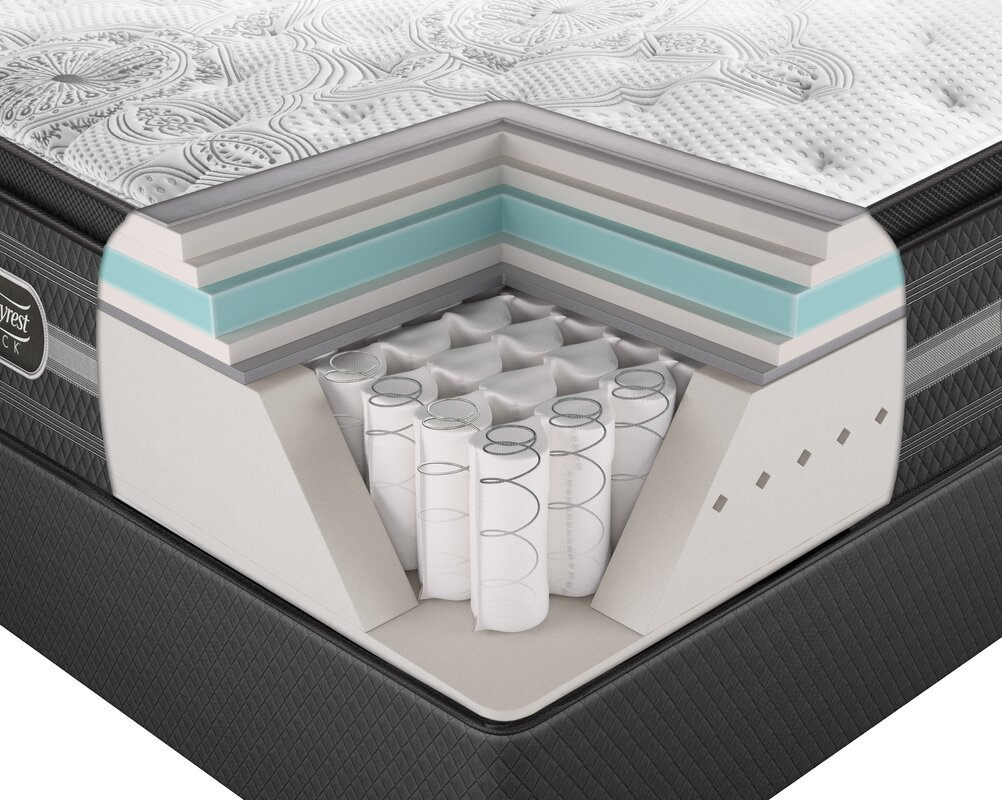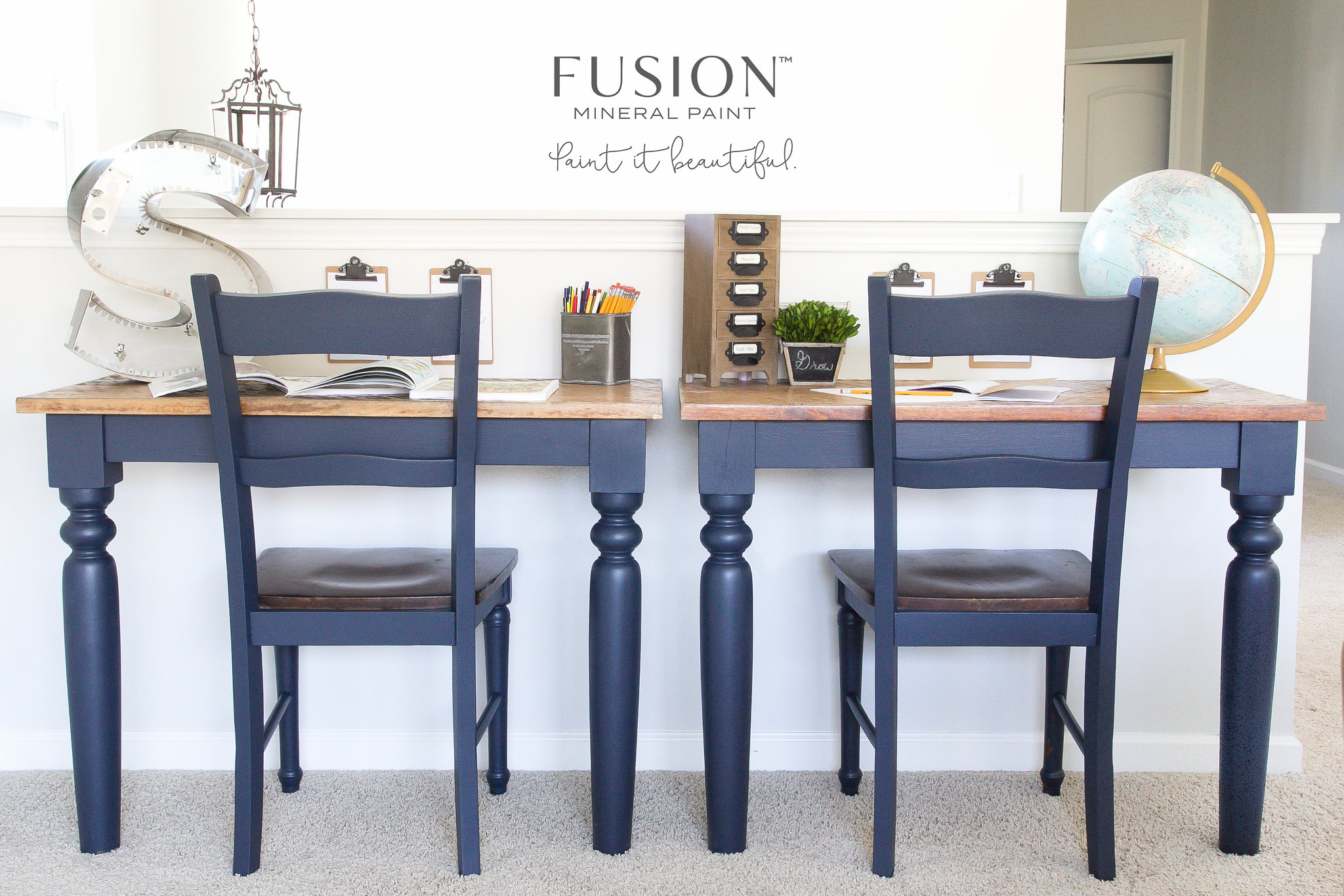When designing or renovating a kitchen, it's important to consider the dimensions of the various components in the space. One key element that often gets overlooked is the kitchen sink. Understanding the standard measurements for kitchen sinks can help you plan for its placement and ensure that it fits seamlessly into your design. The standard size for a kitchen sink is 22 inches by 30 inches, with a depth of 8 inches. This is the most common size for both top mount and undermount sinks. However, there are also smaller and larger options available, depending on your needs and preferences. It's important to keep these standard measurements in mind when selecting a kitchen sink, as it will determine the amount of space it will take up in your countertop and how much room you will have for other elements in your kitchen.1. Standard Kitchen Sink Measurements
A common question when it comes to kitchen sink placement is how far it should be from the wall. The answer to this may vary depending on the size and type of sink you choose, as well as other factors such as the size of your kitchen and the location of other fixtures. However, as a general rule, it is recommended to have a minimum distance of 4 inches between the back of the sink and the wall. This allows for proper installation and maintenance of the sink, as well as space for the faucet and other fixtures. Keep in mind that this is a minimum distance and it is always better to have a little extra space for ease of use and to prevent any potential damage to the wall from water splashing or other accidents.2. How Far Should a Kitchen Sink Be From the Wall?
While 4 inches is the minimum distance recommended between the sink and the wall, the optimal distance may depend on the size of your sink and your personal preferences. Some people prefer to have more space between the sink and the wall for convenience, while others may have a smaller kitchen and need to maximize their space. For a larger sink, it is recommended to have a distance of at least 6 inches between the back of the sink and the wall. This will allow for easier access to the sink and more room for fixtures such as a soap dispenser or a sprayer. On the other hand, for a smaller sink, a distance of 3-4 inches may be sufficient. This will still provide enough space for proper installation and maintenance, while also allowing you to make the most of your kitchen space.3. Optimal Distance Between Kitchen Sink and Wall
In addition to the distance between the sink and the wall, it's also important to consider the placement of the sink in relation to other elements in your kitchen. Ideally, you should have at least 24 inches of counter space on either side of the sink for ease of use and to prevent overcrowding. This recommended distance also takes into account the placement of other fixtures such as a stove or refrigerator. Having enough space between the sink and these other elements will make it easier to move around and work in your kitchen without feeling cramped.4. Recommended Distance for Kitchen Sink Placement
Another factor to consider when determining the distance between the sink and the wall is the placement of the sink in relation to side walls. Similar to the back wall, it's important to have enough space between the sink and the side walls for proper installation and maintenance. The ideal distance between the sink and a side wall is at least 3 inches on either side. This will allow for ease of use and prevent any potential damage to the walls from water splashing or other accidents.5. Ideal Distance Between Sink and Side Wall
To ensure proper placement of your kitchen sink in relation to the side walls, it's important to measure and mark the area before installation. This will help you determine the exact placement of the sink and ensure that it is centered and aligned with your countertop. When measuring, make sure to take into account the size of your sink and the recommended distances mentioned above. It may also be helpful to have a professional installer or contractor guide you through this process for the best results.6. Proper Placement of Kitchen Sink in Relation to Side Wall
Before installing a kitchen sink, it's important to measure the space to ensure that it fits properly and is aligned with your countertop and other fixtures. This will also determine the location of your water supply and drain lines. To measure for installation, you will need to measure the width and depth of your sink, as well as the distance between the back and side walls. This will help you determine the exact placement of the sink and ensure that it is installed properly.7. Measuring for Kitchen Sink Installation
When determining the distance between the sink and the wall in a kitchen, it's important to consider the overall layout and design of the space. This includes the location of other fixtures, the size of your sink, and your personal preferences. Take the time to measure and plan for the placement of your sink in relation to the walls to ensure that it fits seamlessly into your design and is functional for your needs.8. Determining the Distance Between Sink and Wall in a Kitchen
If you're planning on installing a kitchen sink yourself, it's important to know how to calculate the distance between the sink and the walls for proper installation. The process involves measuring the width and depth of your sink and then using those measurements to determine the placement of your sink in relation to the walls. It may also be helpful to consult with a professional or reference installation guides for your specific sink type to ensure accuracy and avoid any potential issues.9. How to Calculate the Distance for a Kitchen Sink Installation
To ensure that your kitchen sink is properly positioned in relation to the side walls, here are a few tips to keep in mind: 1. Measure carefully: Take accurate measurements of your sink and the space before installation to ensure proper placement. 2. Follow recommendations: Keep in mind the recommended distances for sink placement to ensure functionality and prevent any potential damage. 3. Consider your needs: Think about your personal preferences and the layout of your kitchen when determining the placement of your sink. 4. Seek professional help: If you're unsure or uncomfortable with installing a kitchen sink yourself, don't hesitate to seek the help of a professional for the best results.10. Tips for Properly Positioning a Kitchen Sink in Relation to Side Wall
Kitchen Sink Distance from Side Wall: Finding the Perfect Placement

The Importance of Proper Kitchen Design
:max_bytes(150000):strip_icc()/dishwasherspacingillu_color8-dbd0b823e01646f3b995a779f669082d.jpg) When it comes to designing a house, the kitchen is often considered the heart of the home. It is where meals are prepared, family gatherings take place, and memories are made. As such, it is essential to create a functional and efficient kitchen space that meets the needs of the household. One crucial element to consider in kitchen design is the distance between the kitchen sink and the side wall. This seemingly small detail can have a significant impact on the overall functionality and aesthetics of the kitchen. In this article, we will discuss the importance of proper kitchen design and how to determine the ideal kitchen sink distance from the side wall.
When it comes to designing a house, the kitchen is often considered the heart of the home. It is where meals are prepared, family gatherings take place, and memories are made. As such, it is essential to create a functional and efficient kitchen space that meets the needs of the household. One crucial element to consider in kitchen design is the distance between the kitchen sink and the side wall. This seemingly small detail can have a significant impact on the overall functionality and aesthetics of the kitchen. In this article, we will discuss the importance of proper kitchen design and how to determine the ideal kitchen sink distance from the side wall.
The Role of the Kitchen Sink
:max_bytes(150000):strip_icc()/distanceinkitchworkareasilllu_color8-216dc0ce5b484e35a3641fcca29c9a77.jpg) The kitchen sink is a multi-functional element in the kitchen. It is used for washing dishes, food preparation, and even as a place to fill up pots and refill water bottles. Therefore, its placement is crucial in ensuring a smooth workflow in the kitchen. Placing the sink too close to the side wall can limit the space for these tasks, while placing it too far can result in an inefficient use of the kitchen layout.
Featured keyword: kitchen sink distance from side wall
The kitchen sink is a multi-functional element in the kitchen. It is used for washing dishes, food preparation, and even as a place to fill up pots and refill water bottles. Therefore, its placement is crucial in ensuring a smooth workflow in the kitchen. Placing the sink too close to the side wall can limit the space for these tasks, while placing it too far can result in an inefficient use of the kitchen layout.
Featured keyword: kitchen sink distance from side wall
Determining the Ideal Distance
 So, what is the ideal distance between the kitchen sink and the side wall? The answer depends on various factors such as the size and shape of the kitchen, the placement of other elements, and personal preferences. However, as a general rule, the distance should be at least 18 inches. This provides enough space for the sink to function without being too cramped or too far from the wall.
Related main keyword: kitchen design
So, what is the ideal distance between the kitchen sink and the side wall? The answer depends on various factors such as the size and shape of the kitchen, the placement of other elements, and personal preferences. However, as a general rule, the distance should be at least 18 inches. This provides enough space for the sink to function without being too cramped or too far from the wall.
Related main keyword: kitchen design
Considerations for Placement
 Aside from the distance, there are other considerations to keep in mind when placing the kitchen sink. First, consider the location of other elements, such as the stove and refrigerator. Placing the sink in between these two areas creates an efficient work triangle, where you can easily move between the three points while cooking. Additionally, consider the placement of cabinets and countertops. The sink should be near these areas for easy access to dishes and utensils.
Related main keyword: functional kitchen space
Aside from the distance, there are other considerations to keep in mind when placing the kitchen sink. First, consider the location of other elements, such as the stove and refrigerator. Placing the sink in between these two areas creates an efficient work triangle, where you can easily move between the three points while cooking. Additionally, consider the placement of cabinets and countertops. The sink should be near these areas for easy access to dishes and utensils.
Related main keyword: functional kitchen space
In Conclusion
 In conclusion, the kitchen sink distance from the side wall is an essential factor to consider in kitchen design. It can greatly impact the functionality and aesthetics of the space. By following the guidelines and considering other elements in the kitchen, you can determine the perfect placement for your kitchen sink. Remember, a well-designed kitchen can make a significant difference in the overall feel and functionality of your home.
In conclusion, the kitchen sink distance from the side wall is an essential factor to consider in kitchen design. It can greatly impact the functionality and aesthetics of the space. By following the guidelines and considering other elements in the kitchen, you can determine the perfect placement for your kitchen sink. Remember, a well-designed kitchen can make a significant difference in the overall feel and functionality of your home.











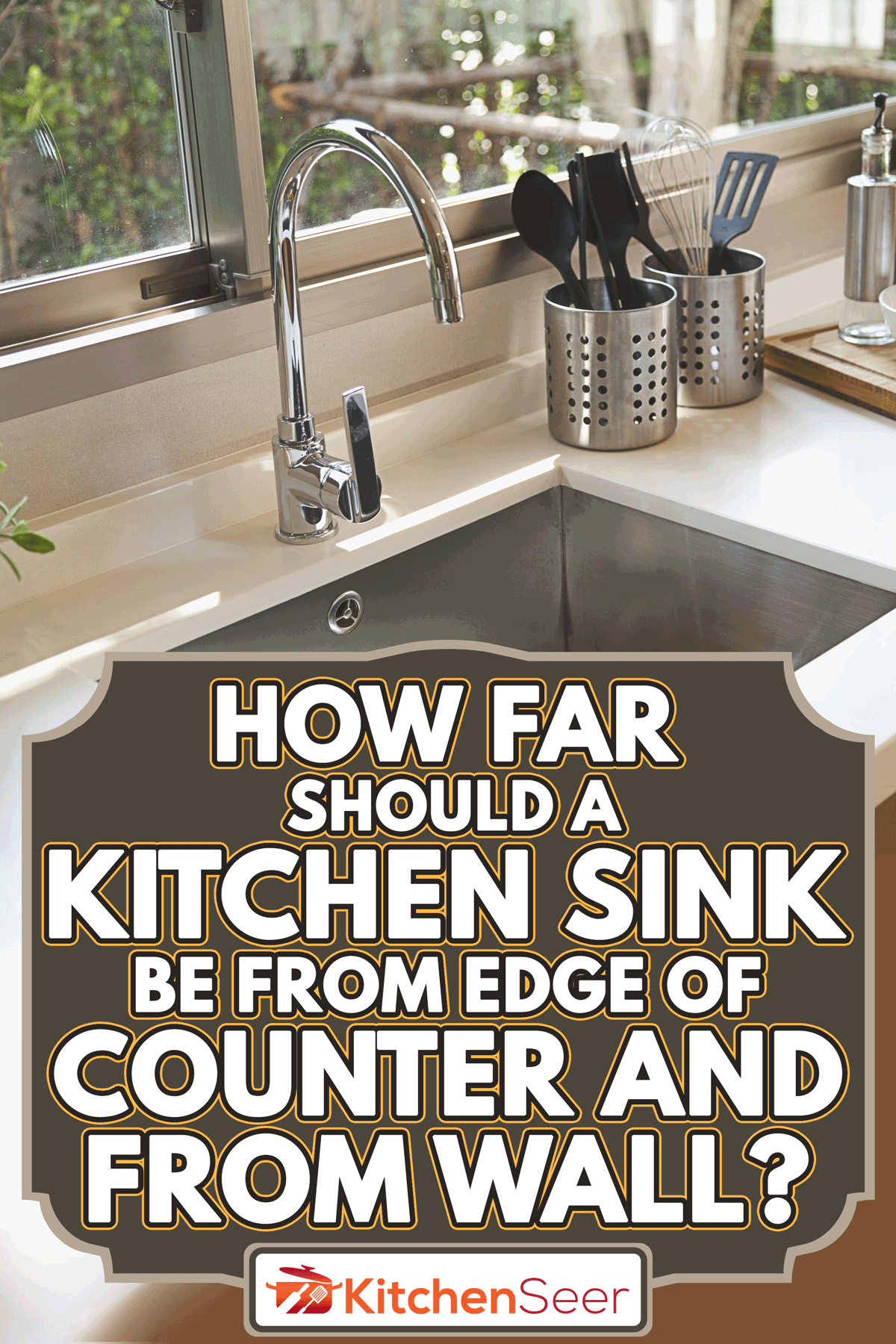



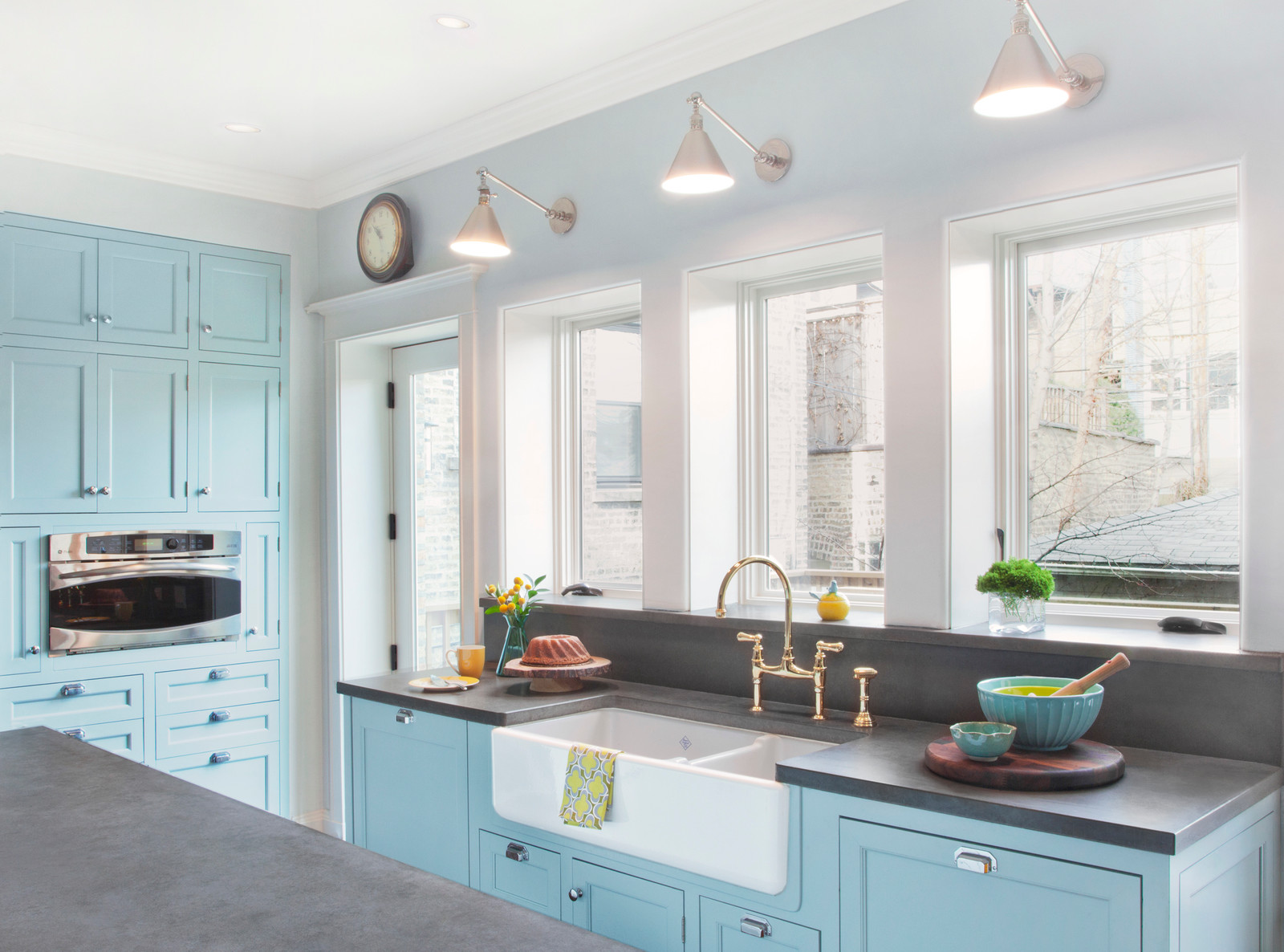









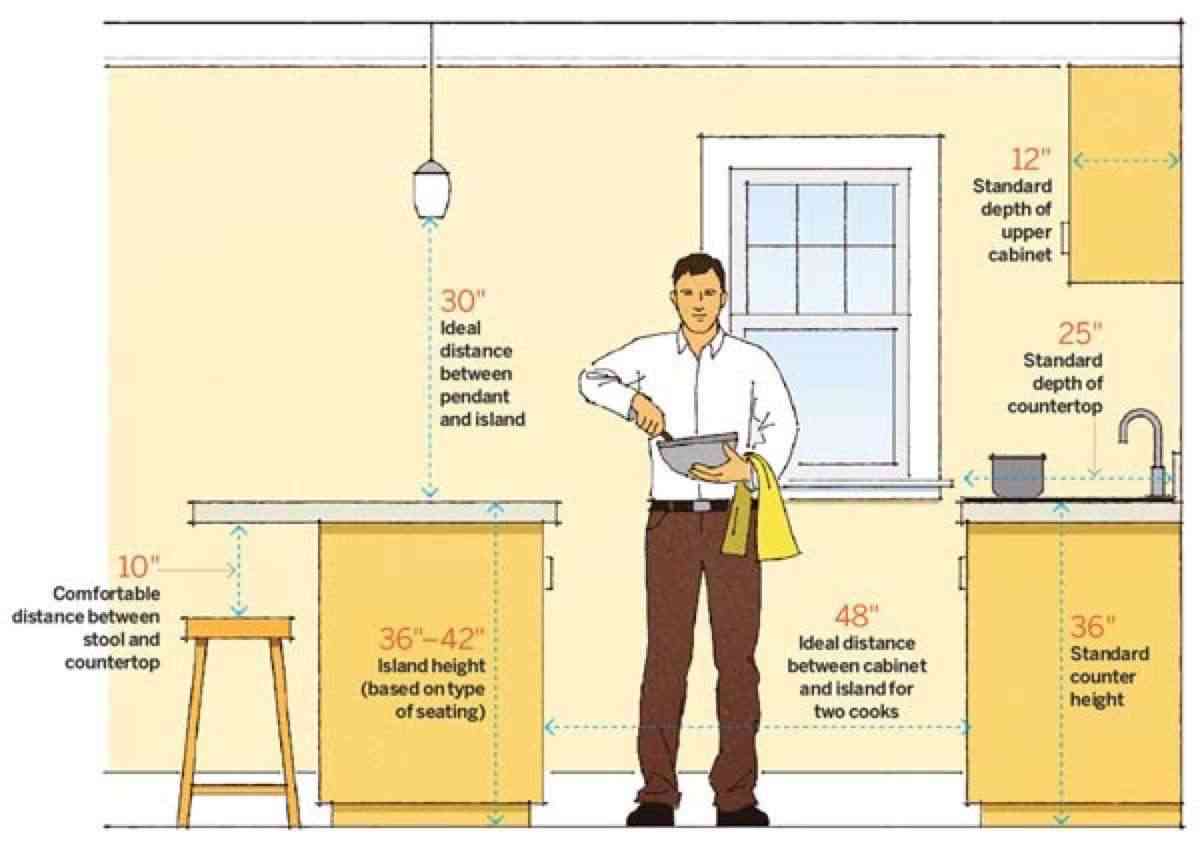
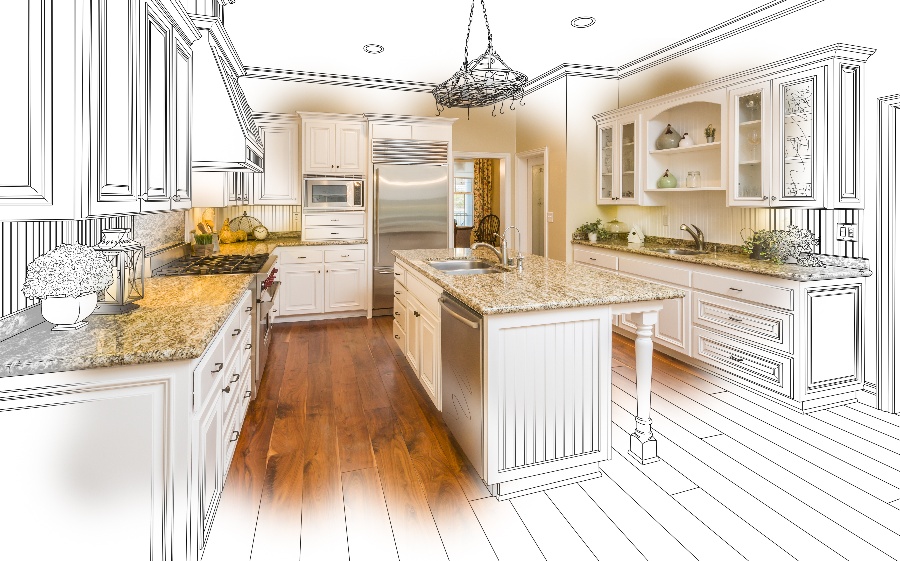
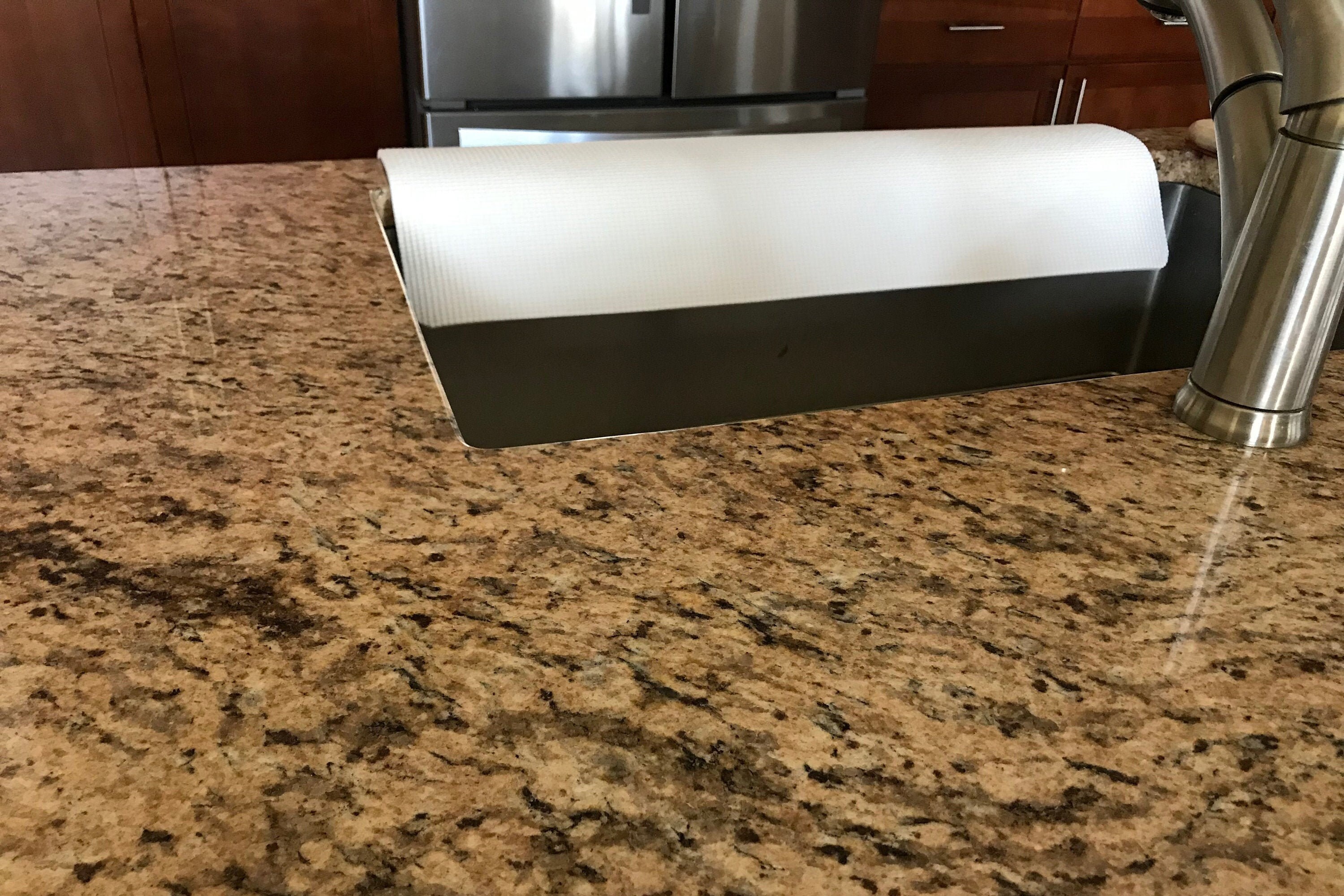





:max_bytes(150000):strip_icc()/kitchenworkaisleillu_color3-4add728abe78408697d31b46da3c0bea.jpg)
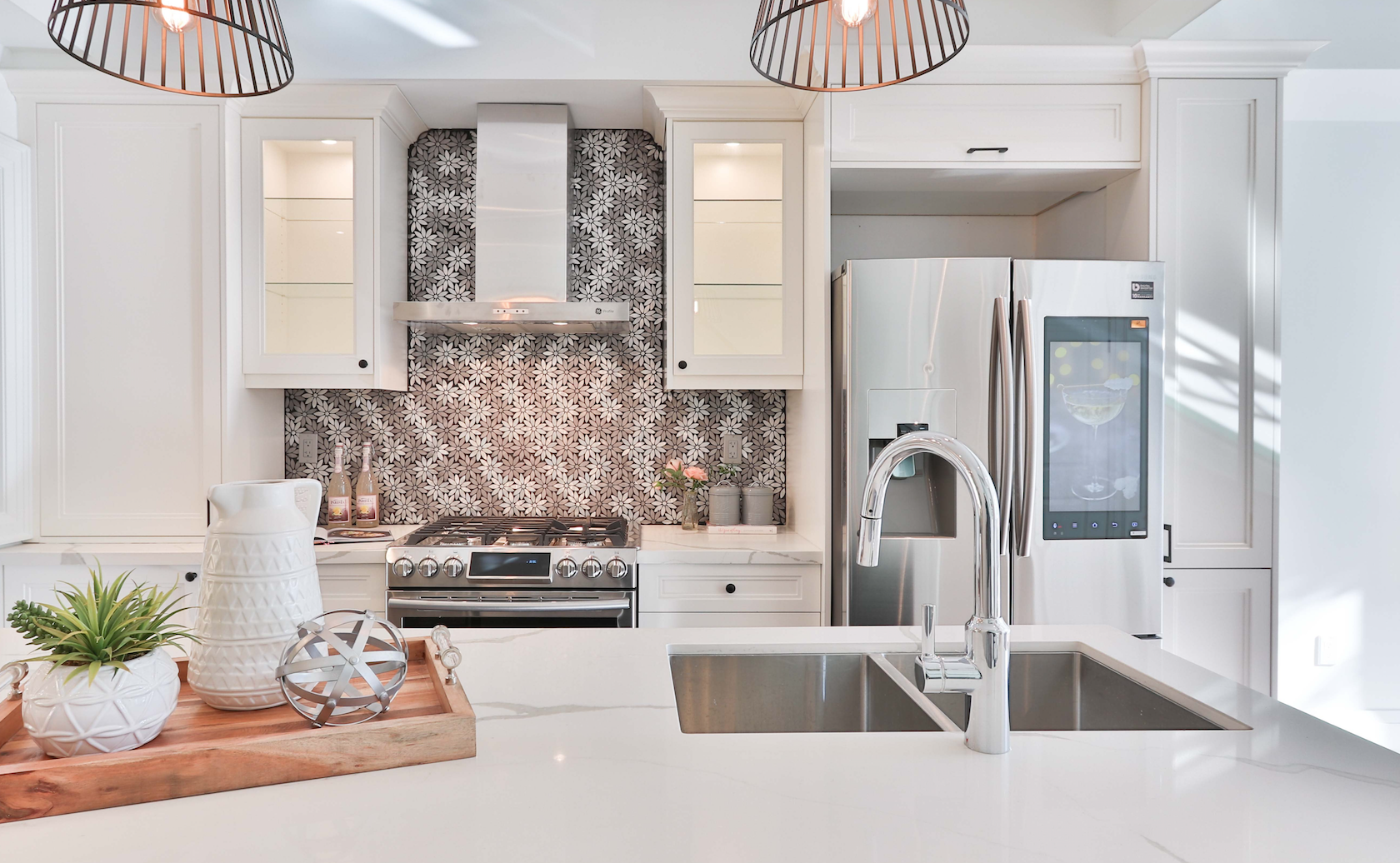

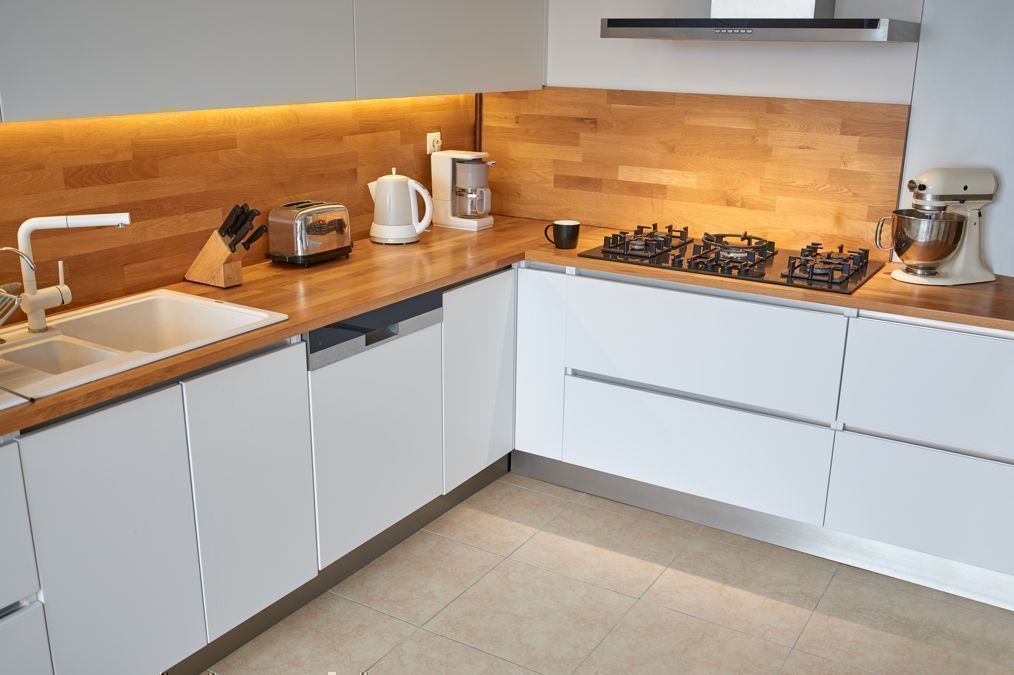
:max_bytes(150000):strip_icc()/seatingreccillu_color8-73ec268eb7a34492a1639e2c1e2b283c.jpg)
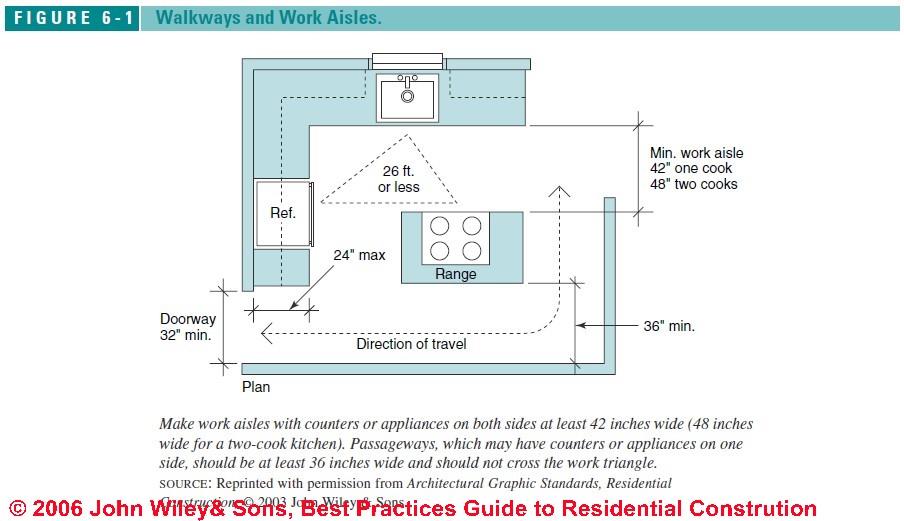

















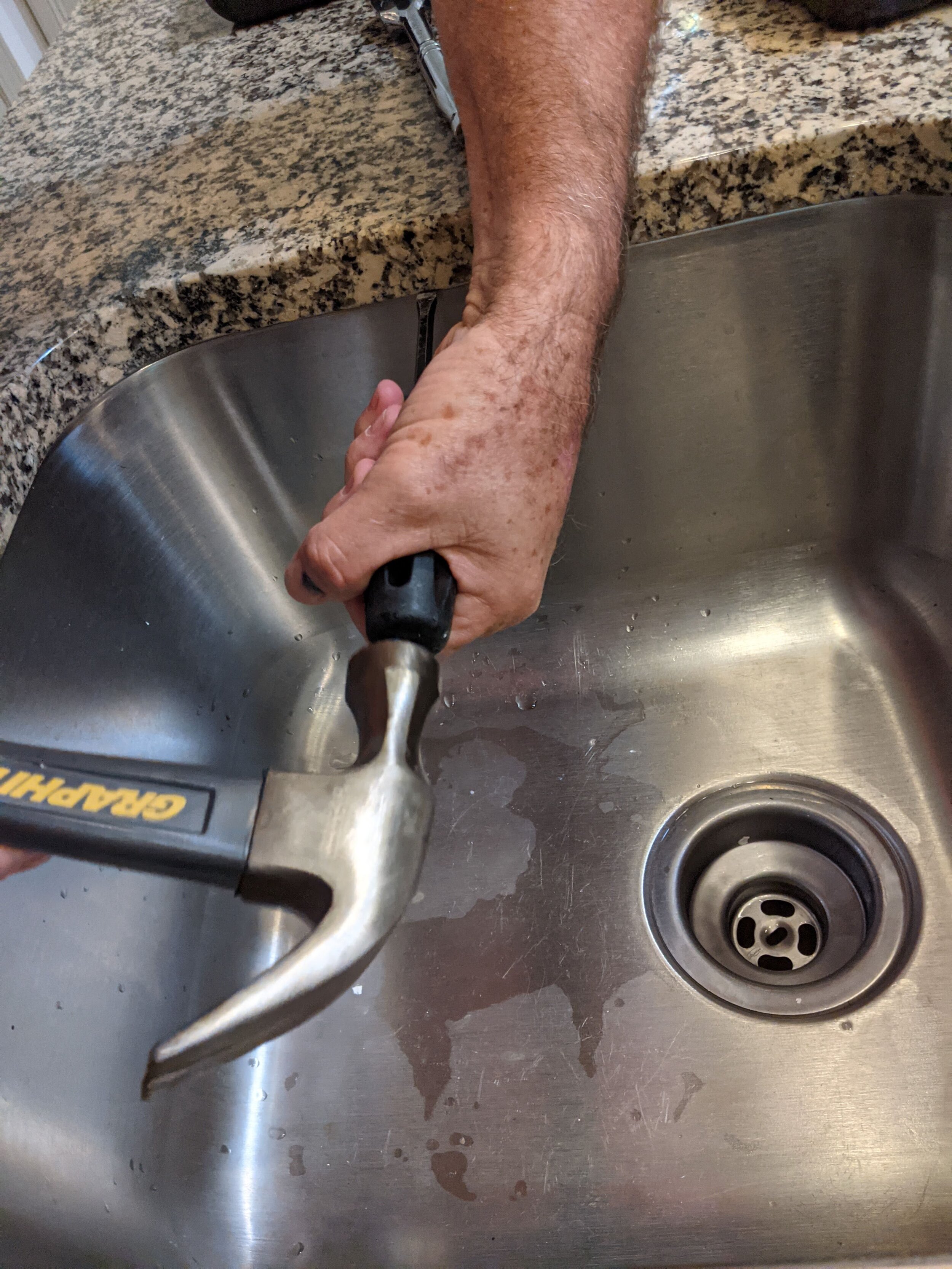

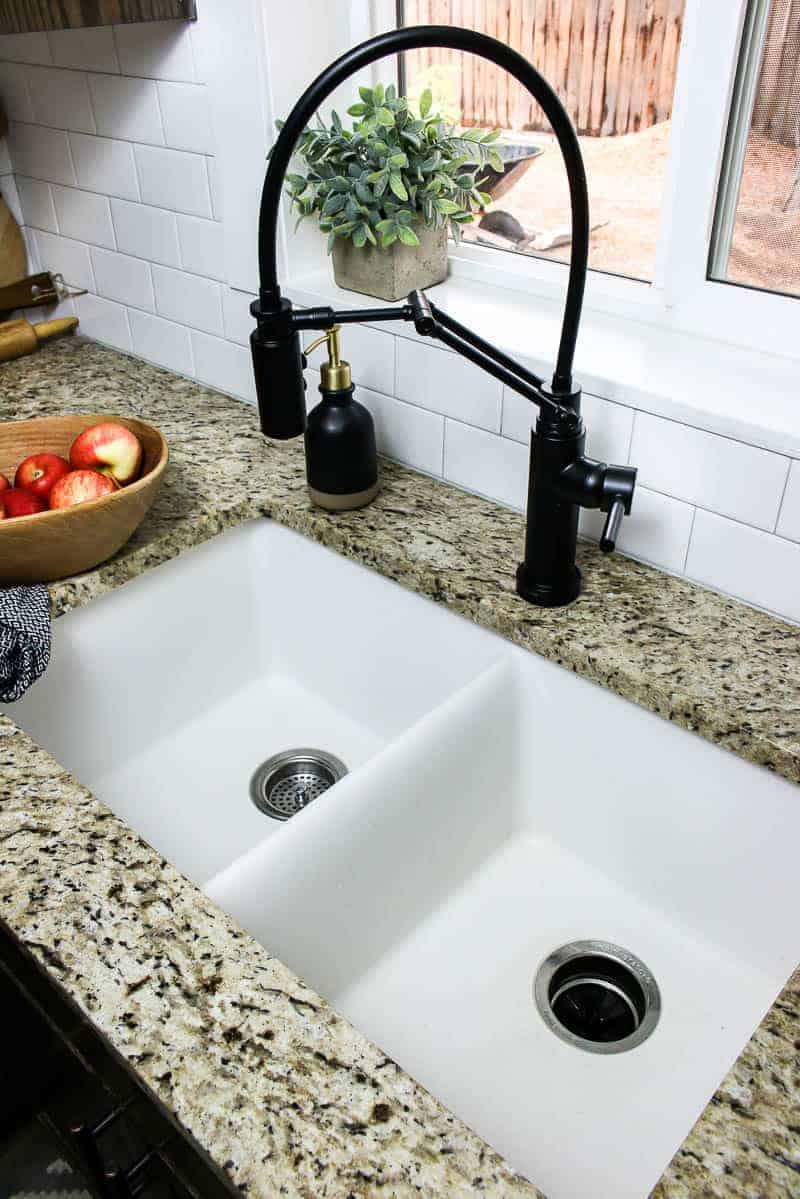
/how-to-install-a-sink-drain-2718789-hero-24e898006ed94c9593a2a268b57989a3.jpg)
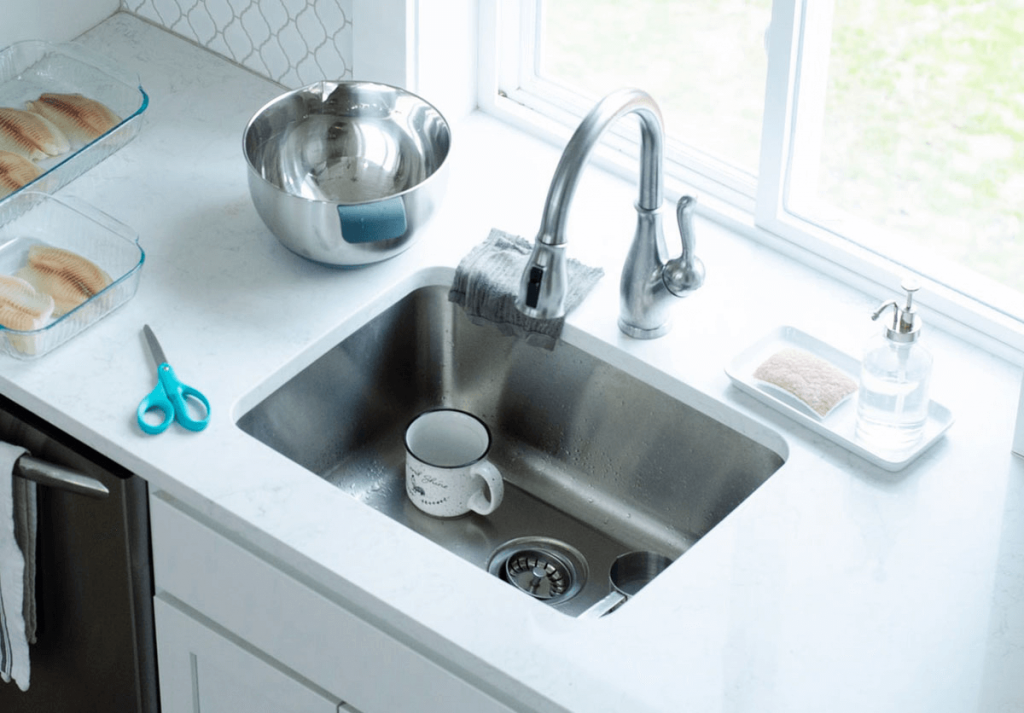



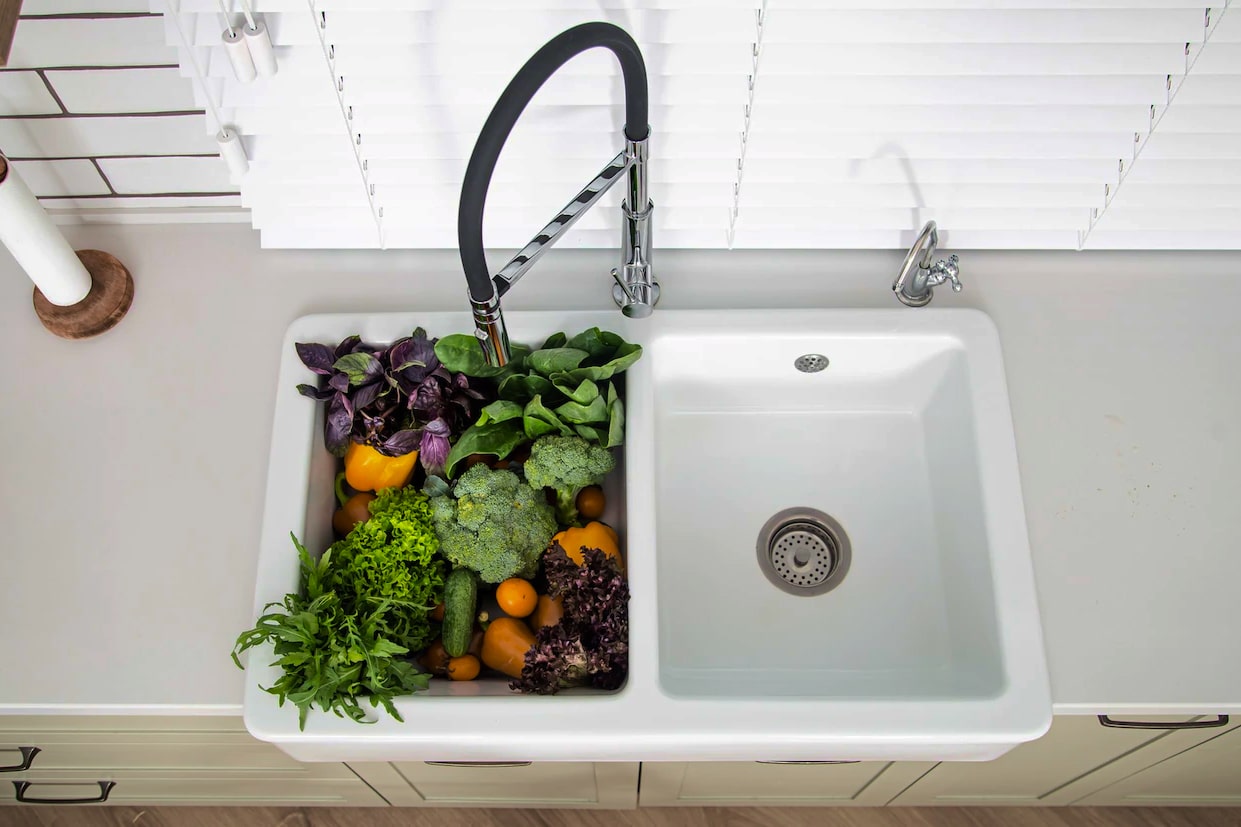

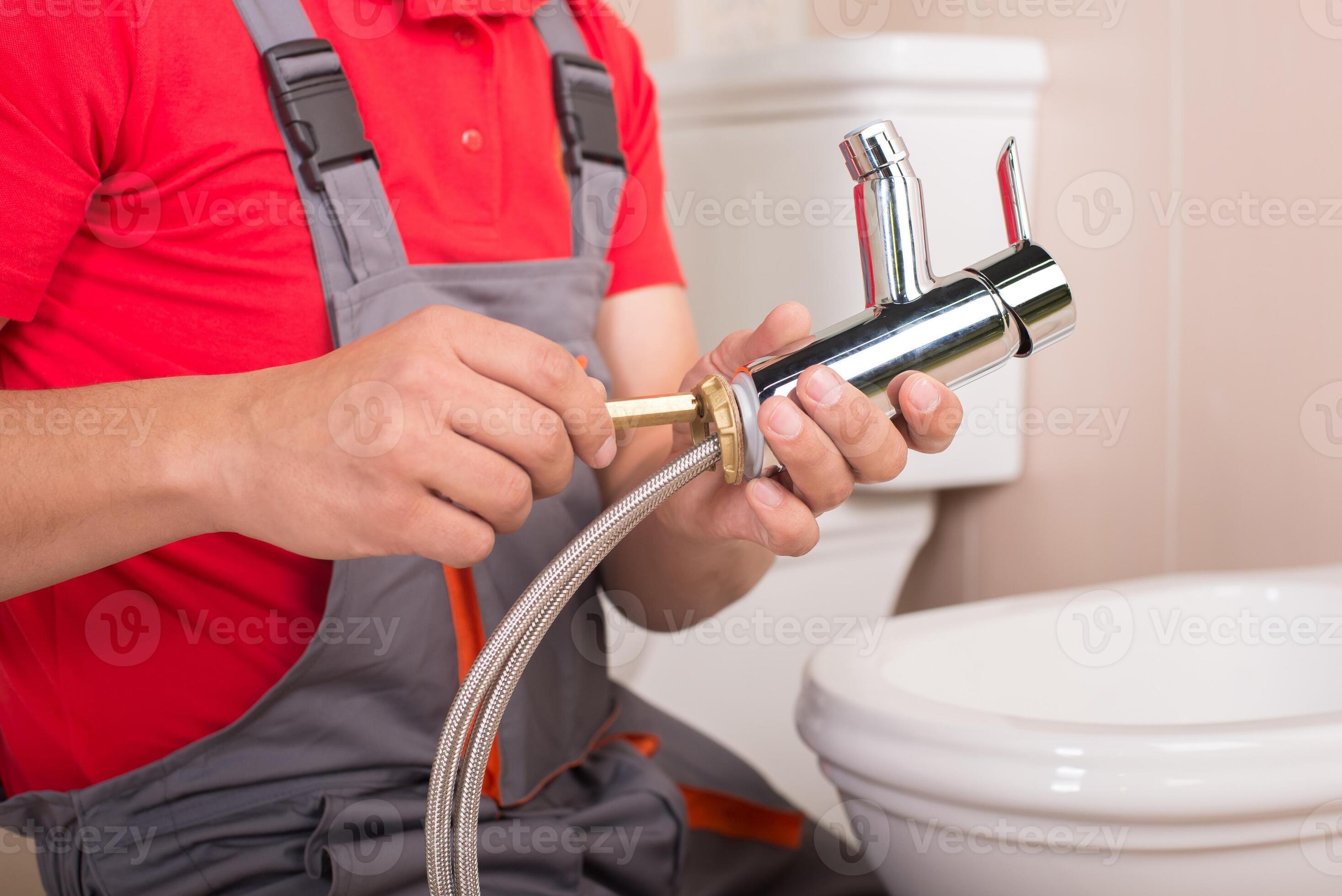




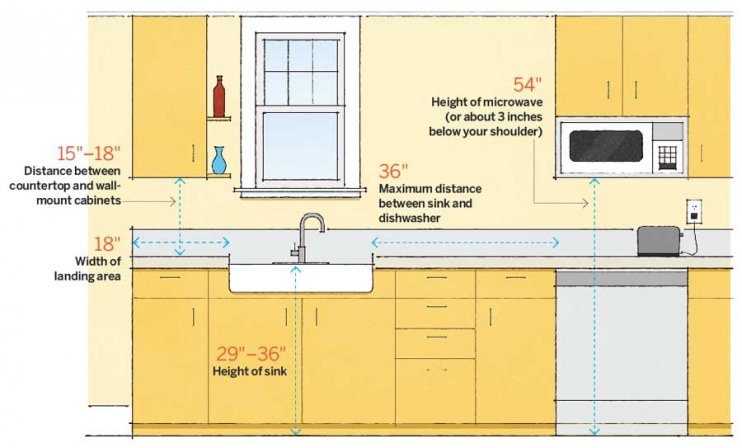
:max_bytes(150000):strip_icc()/seatingreccillu_color8-73ec268eb7a34492a1639e2c1e2b283c.jpg)


















